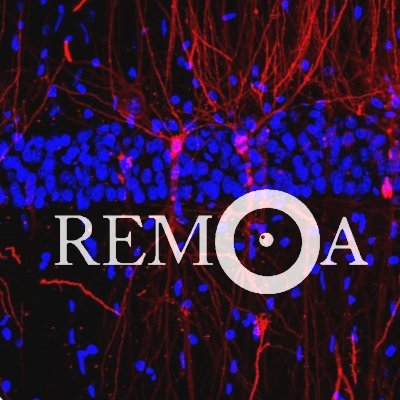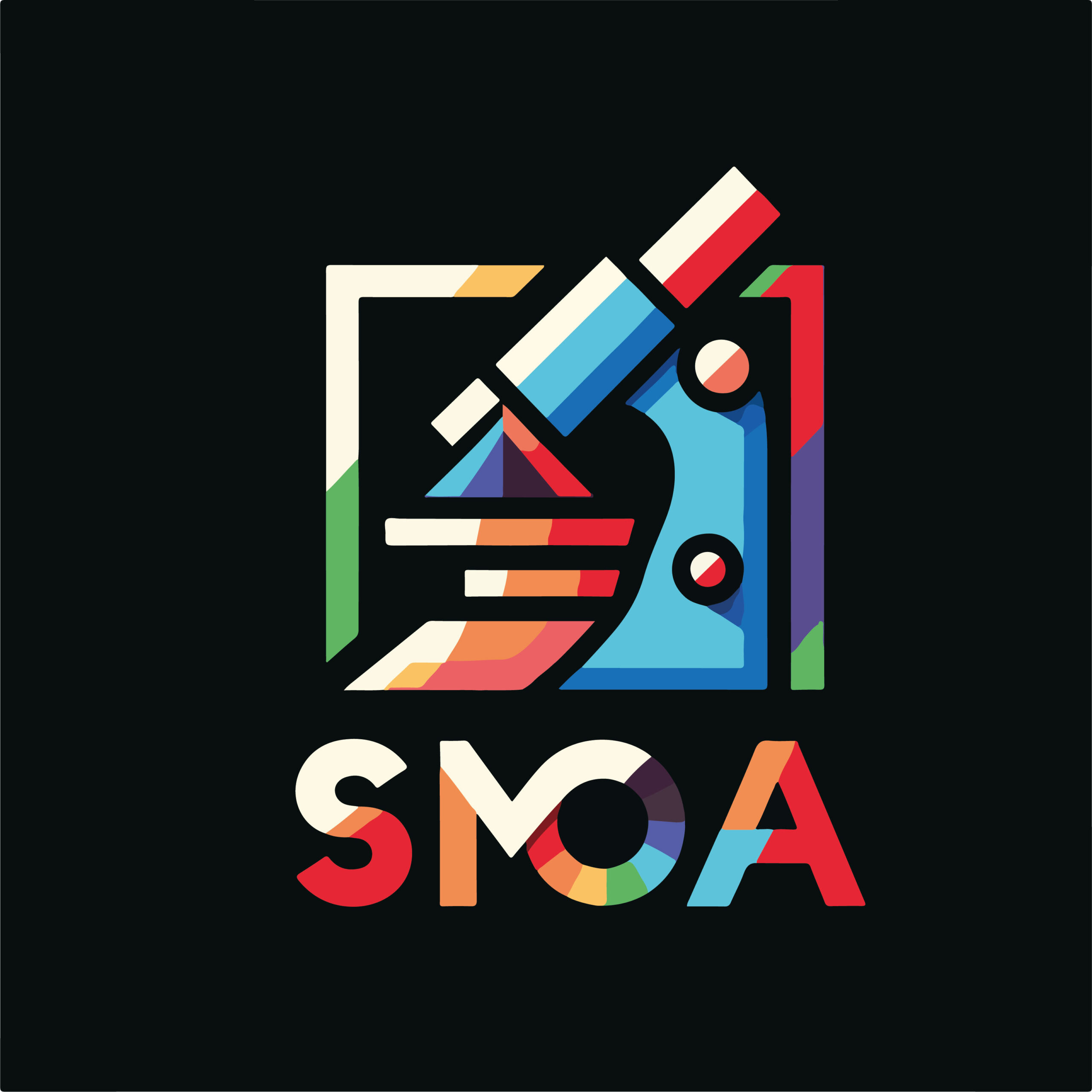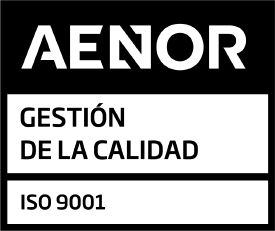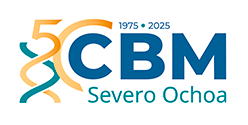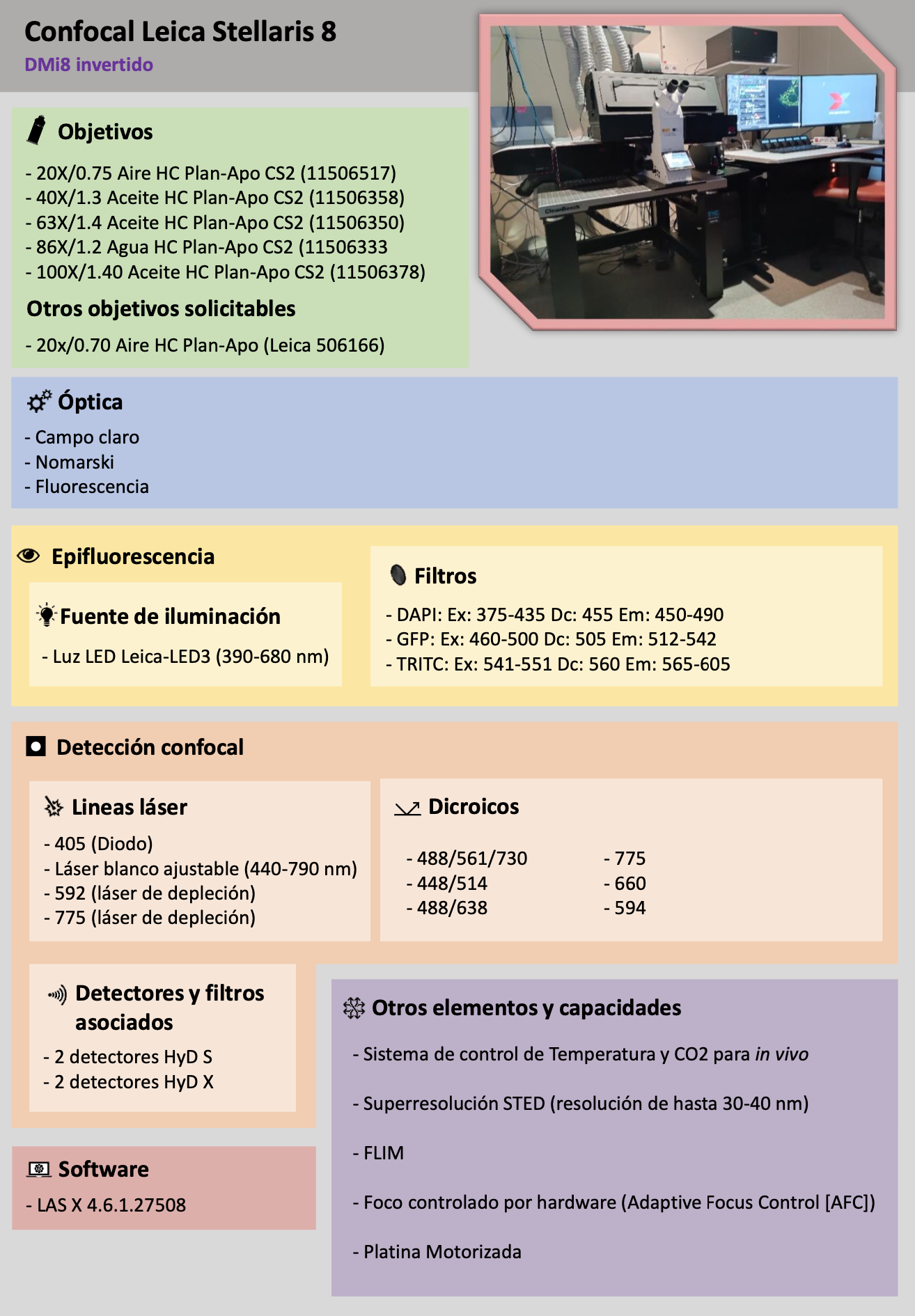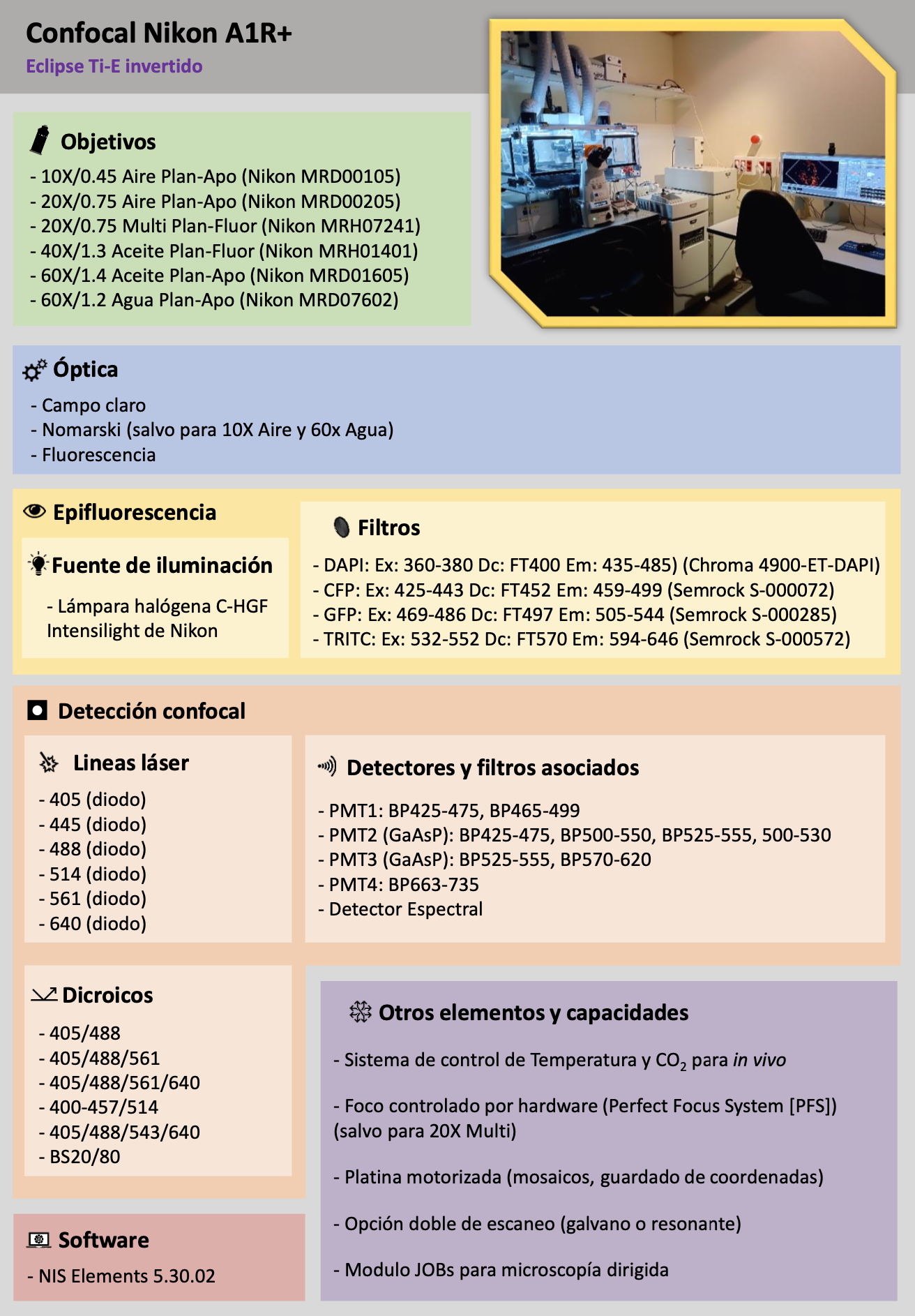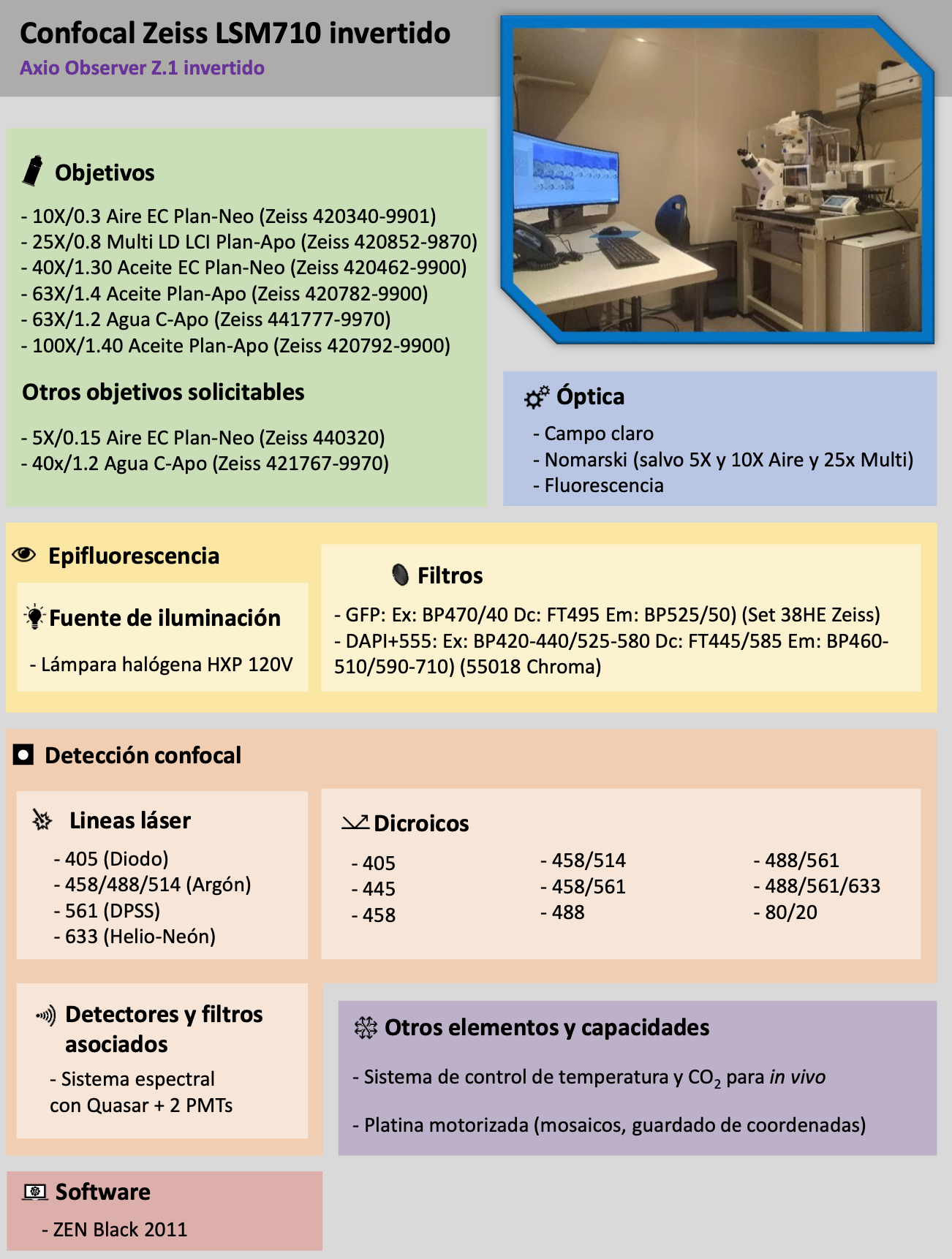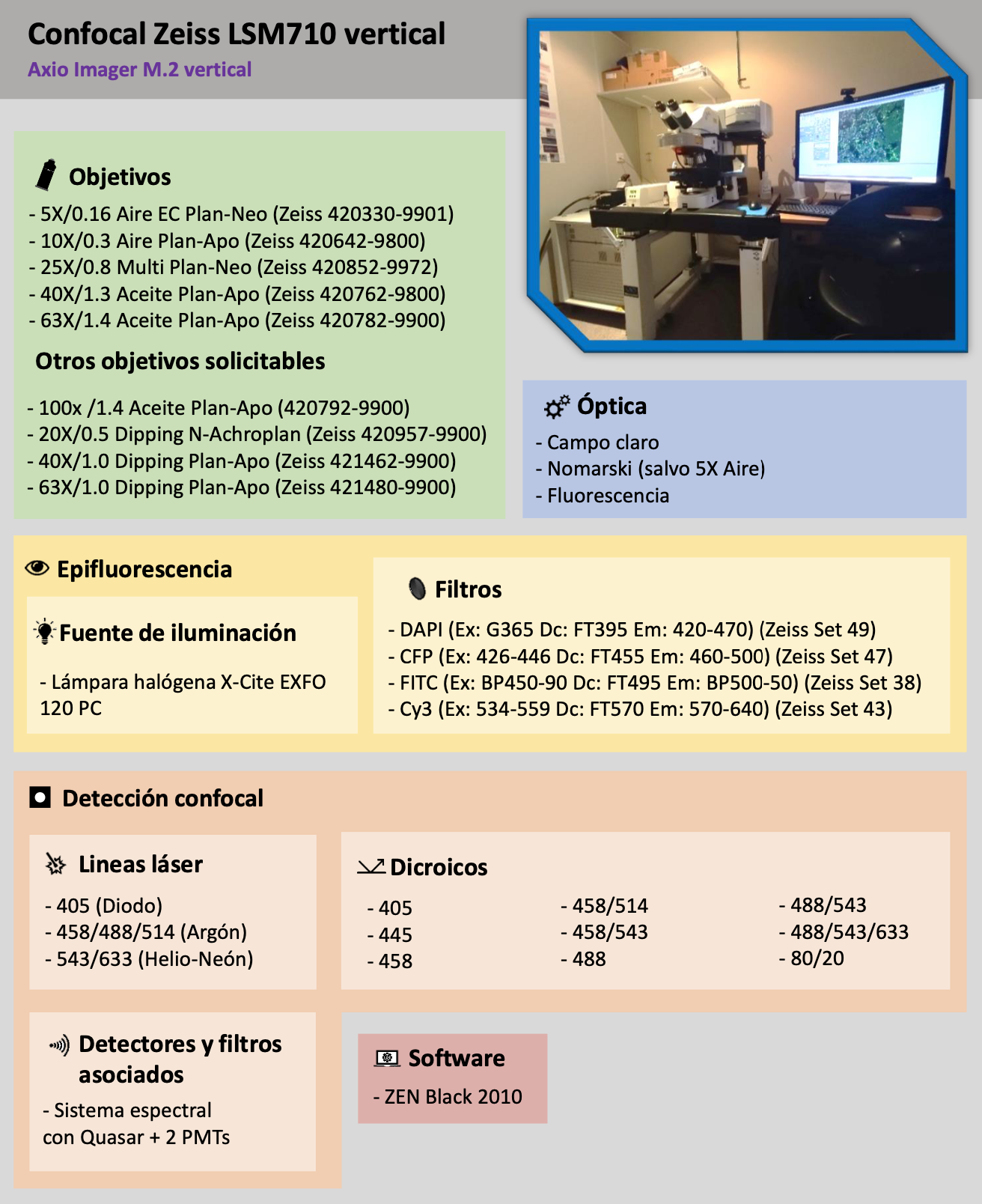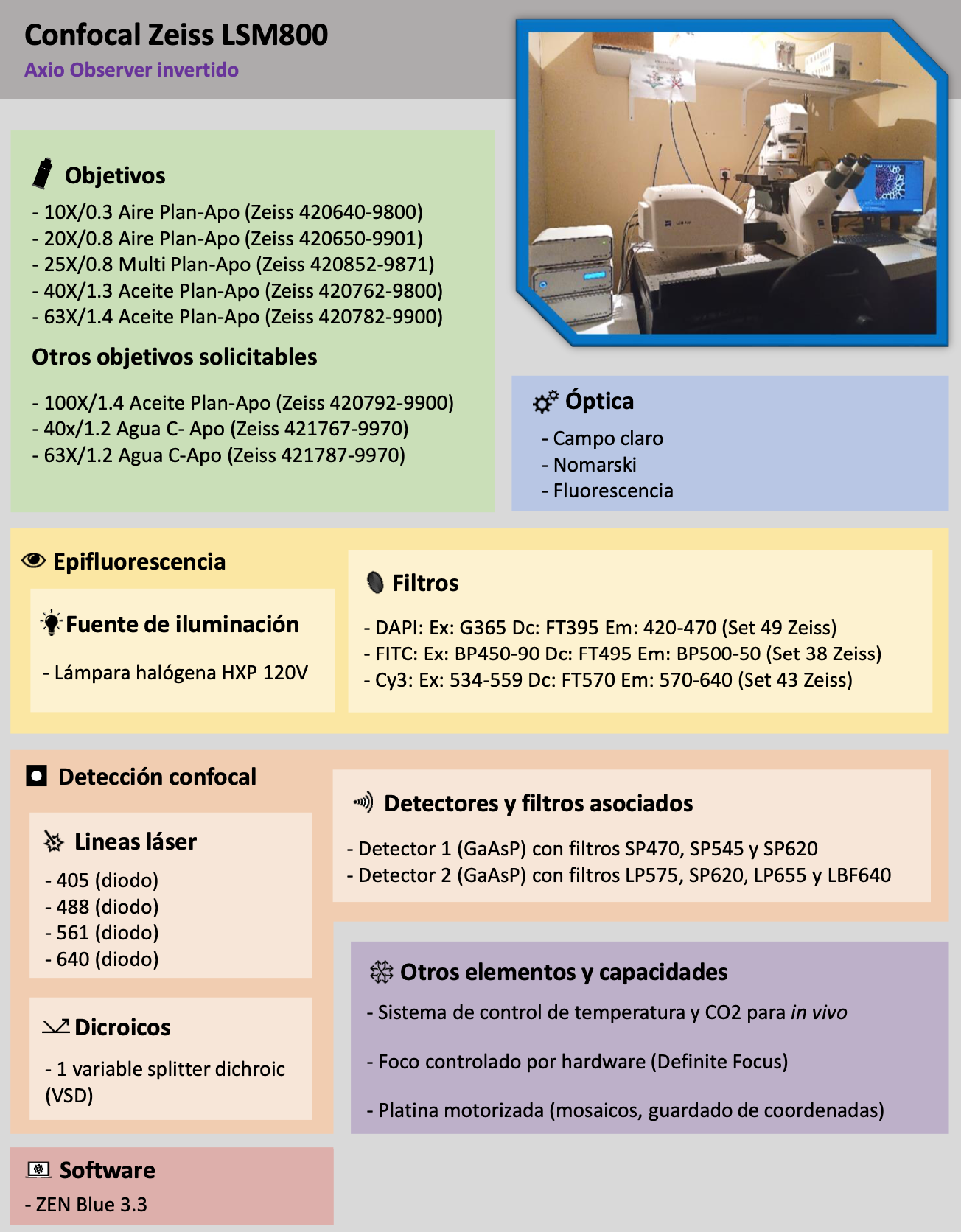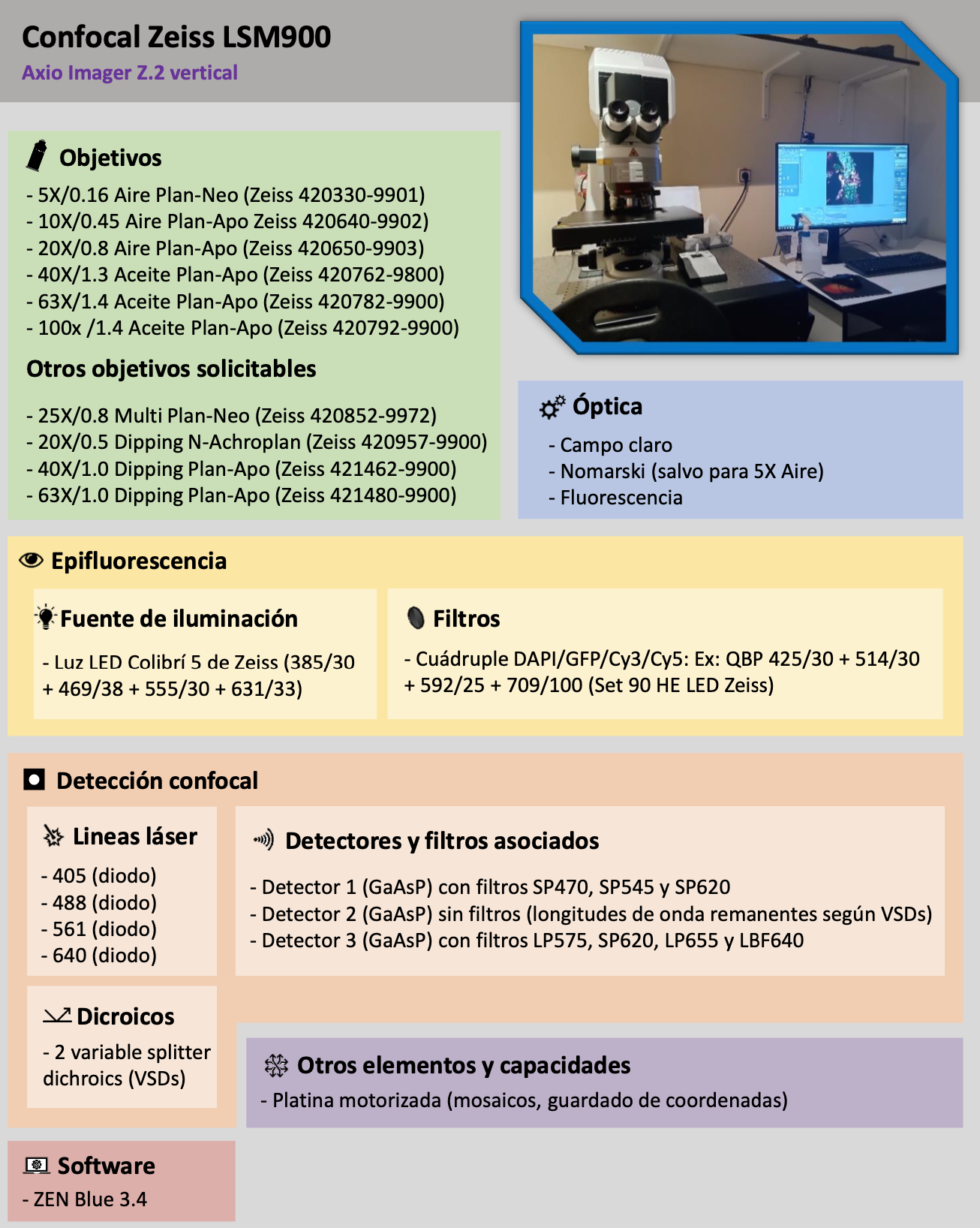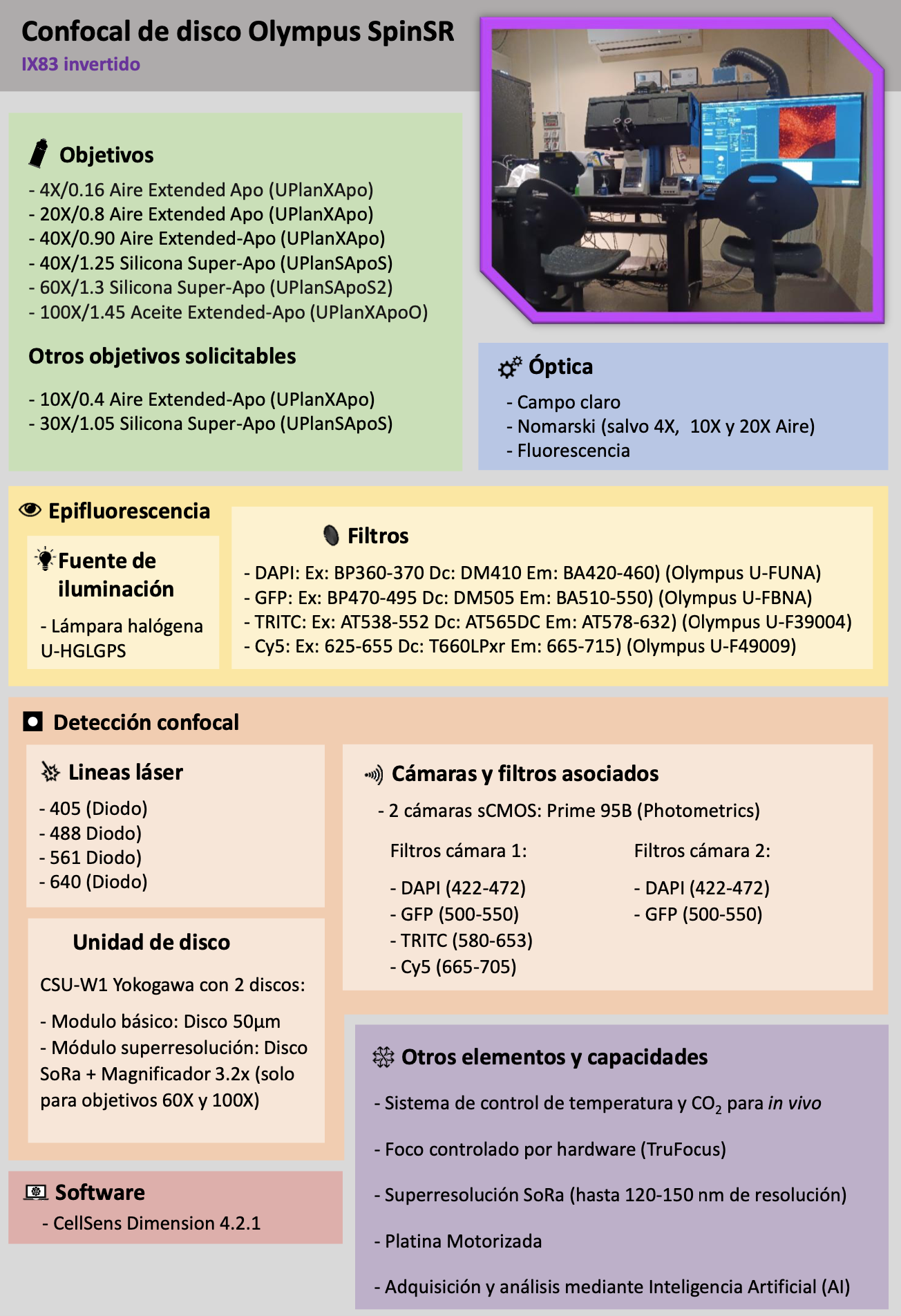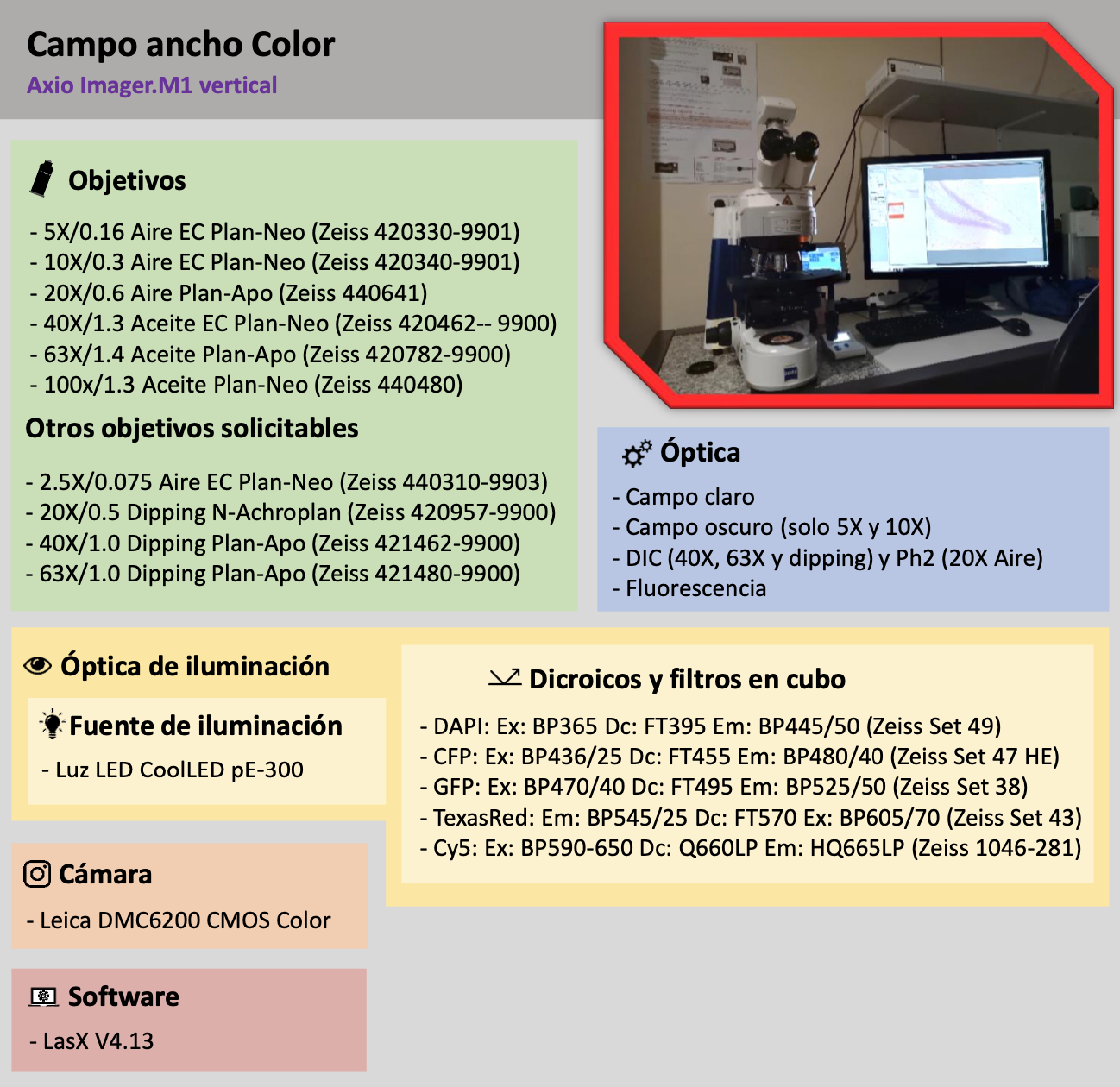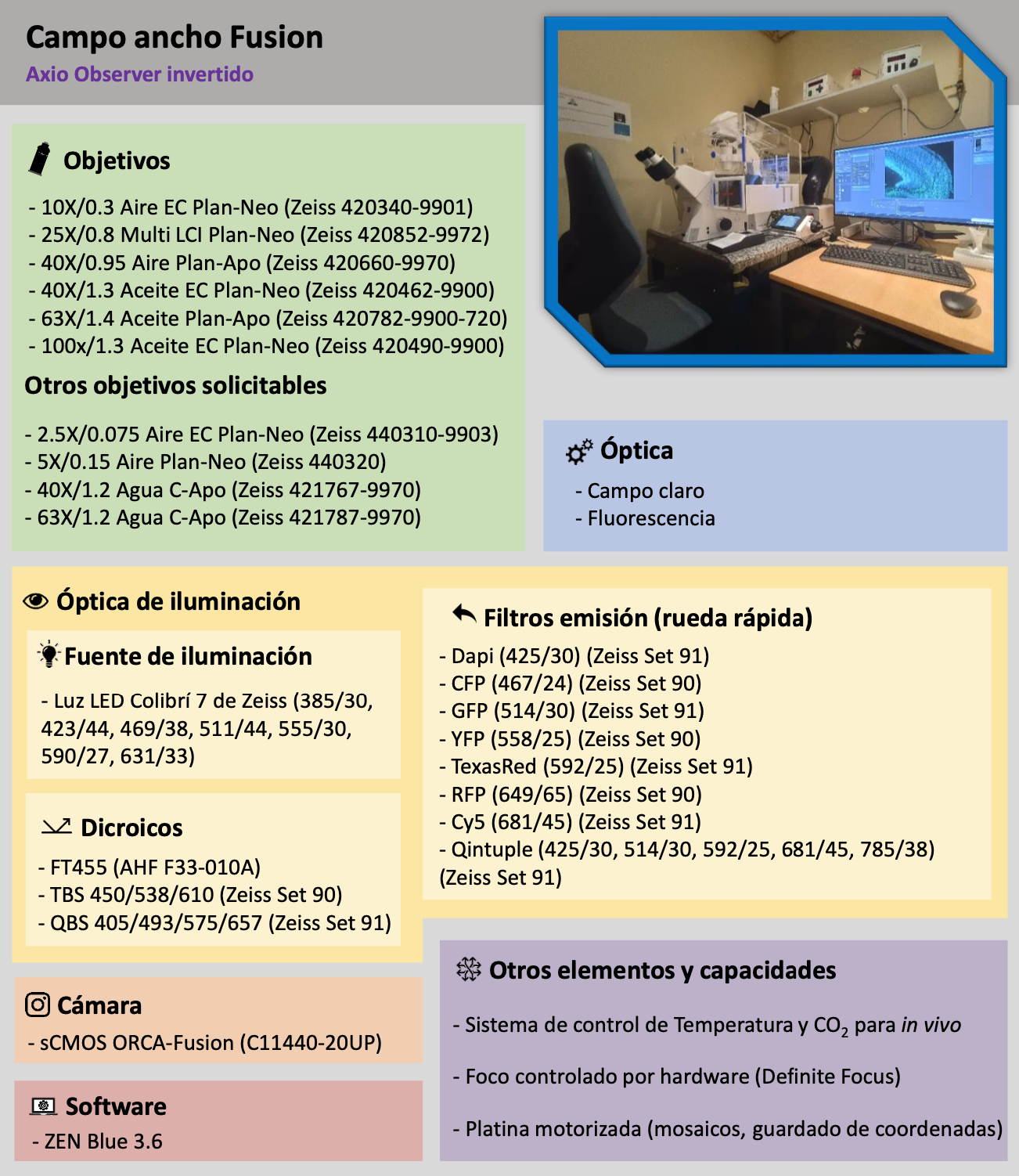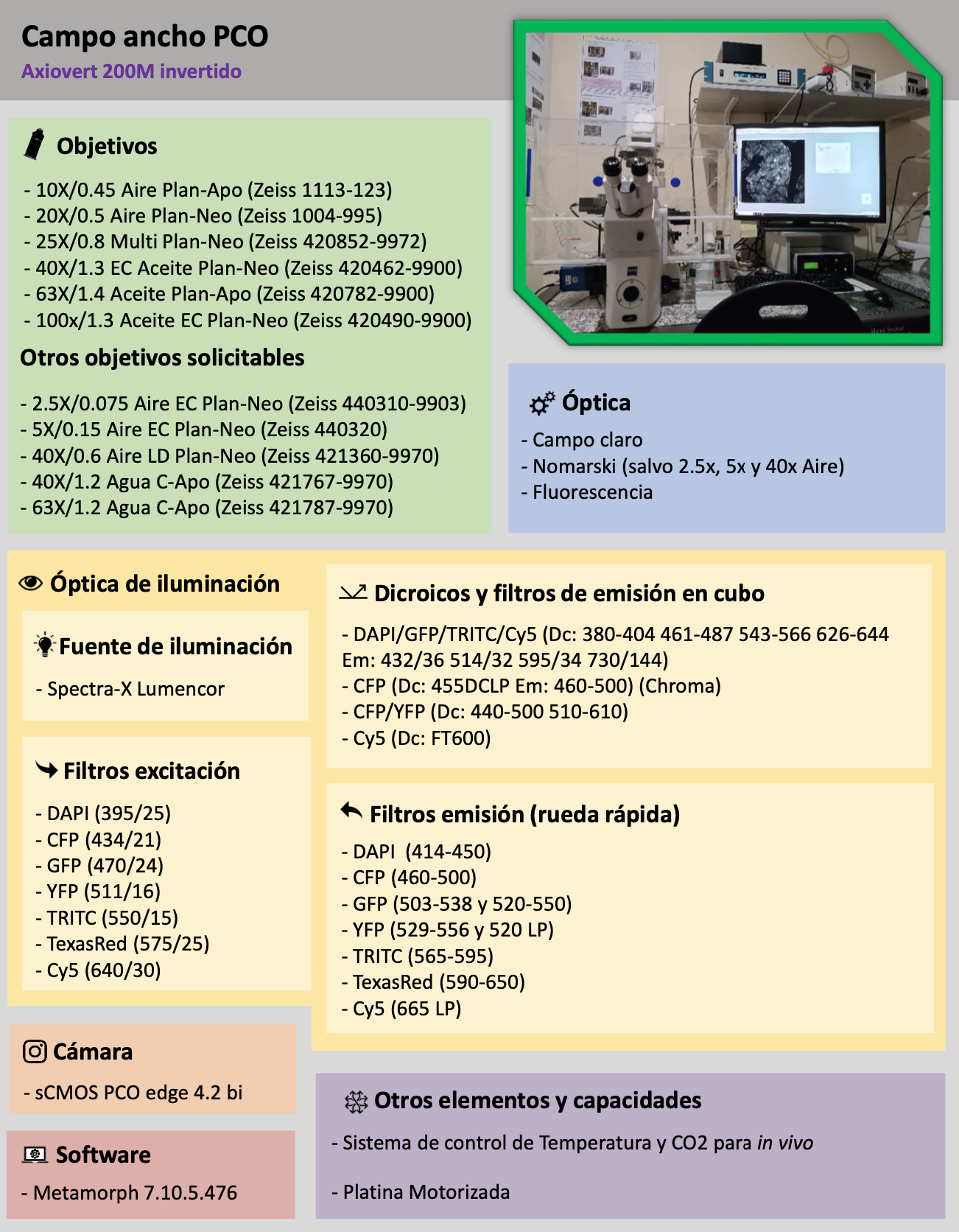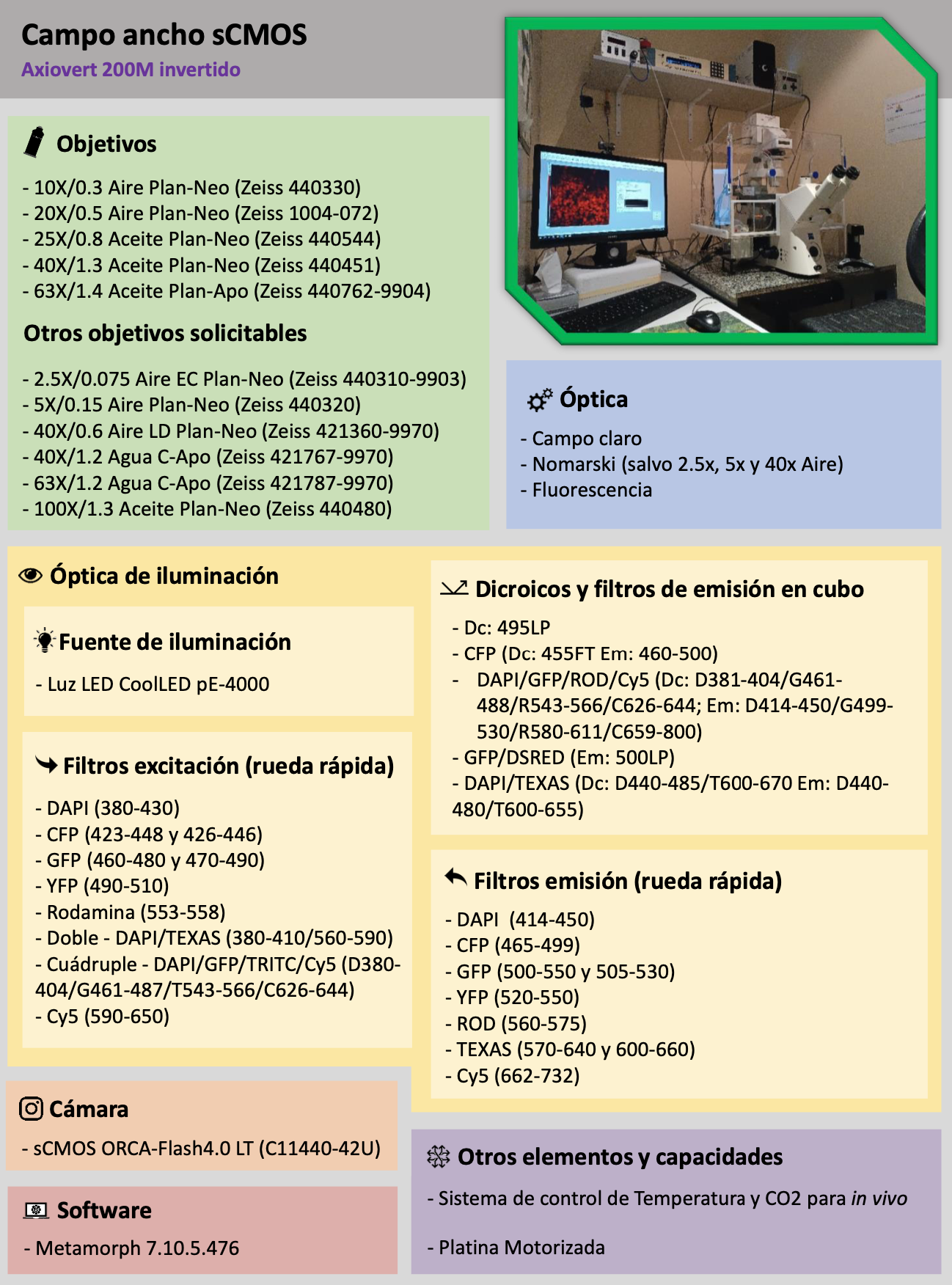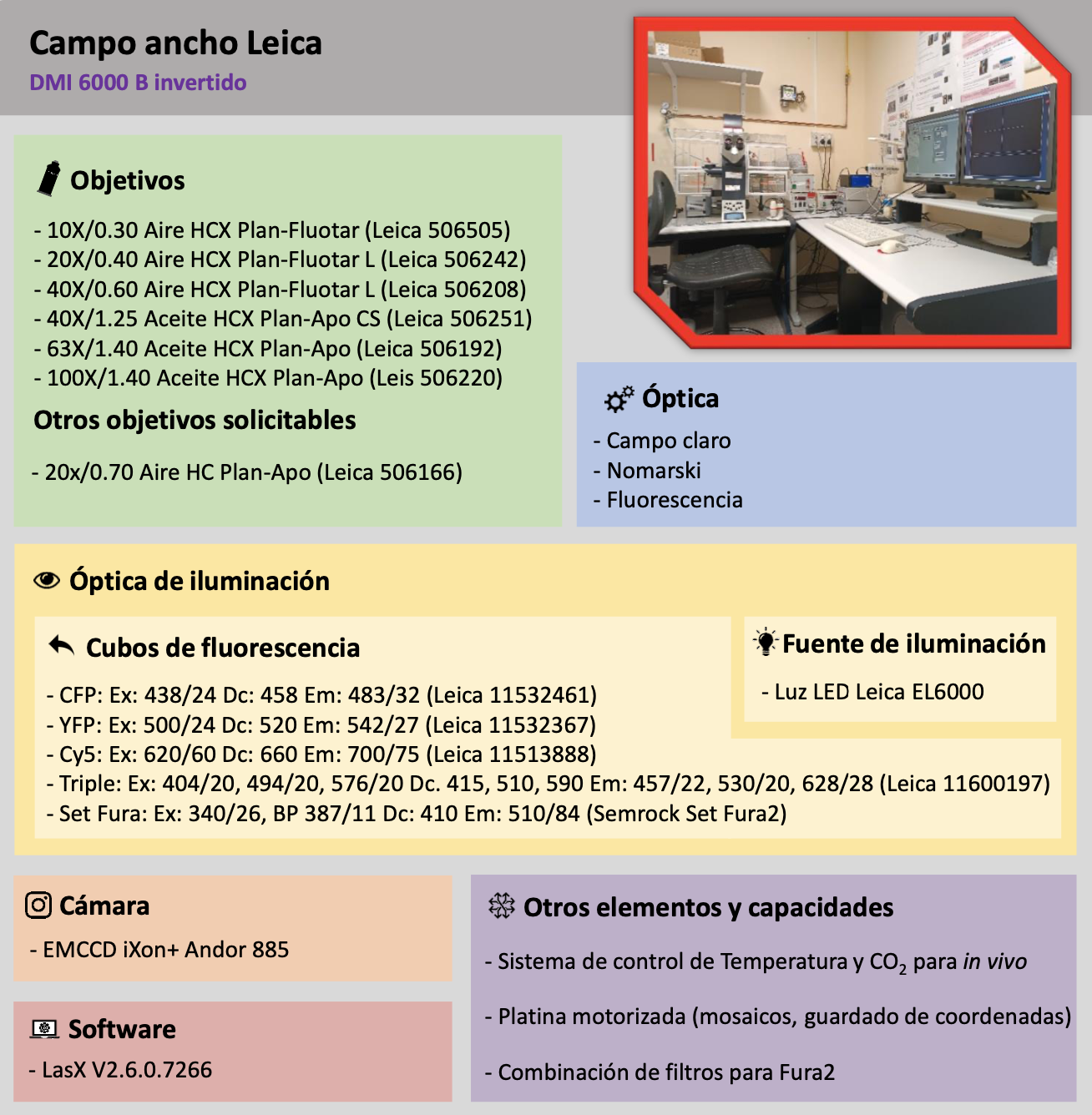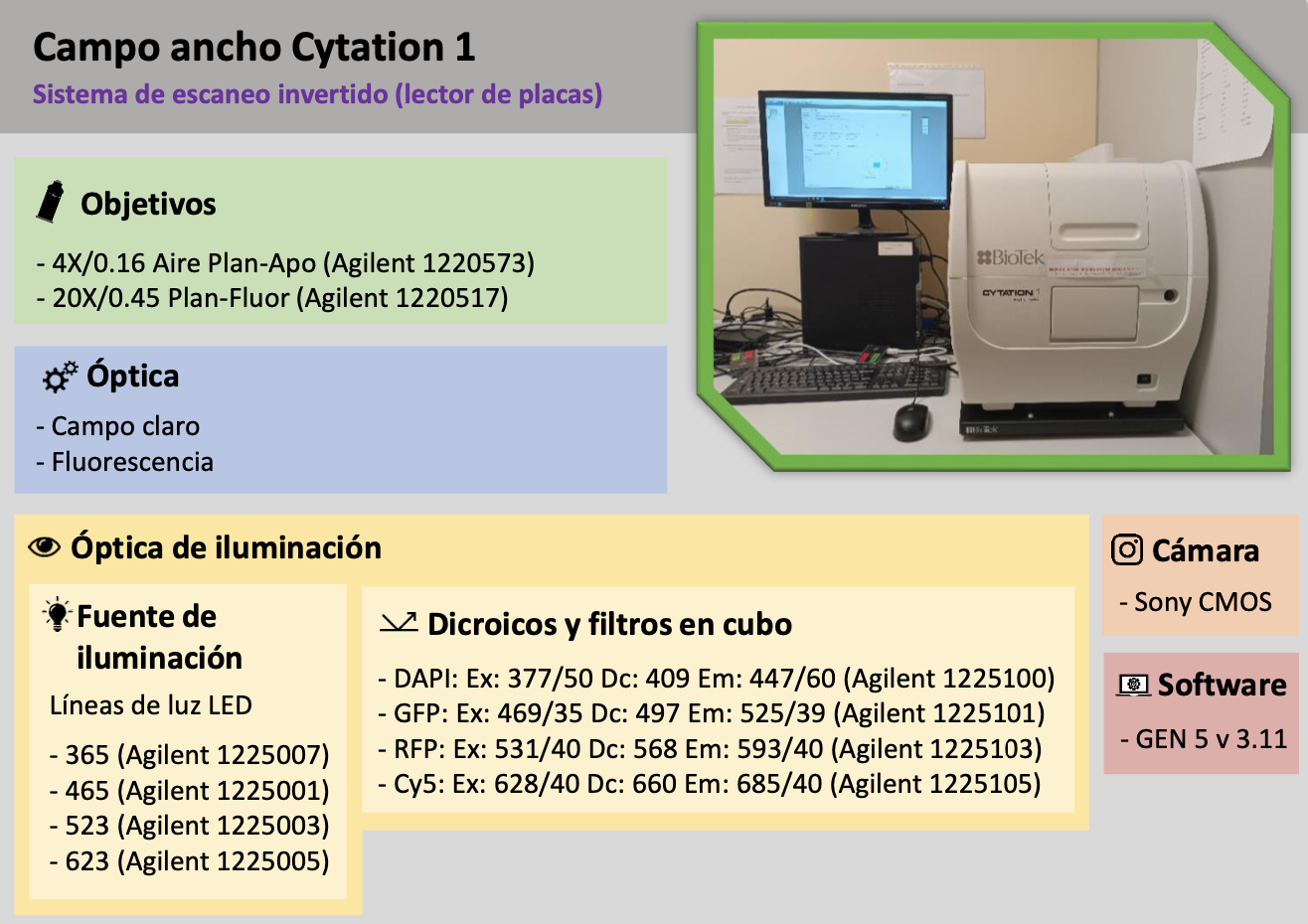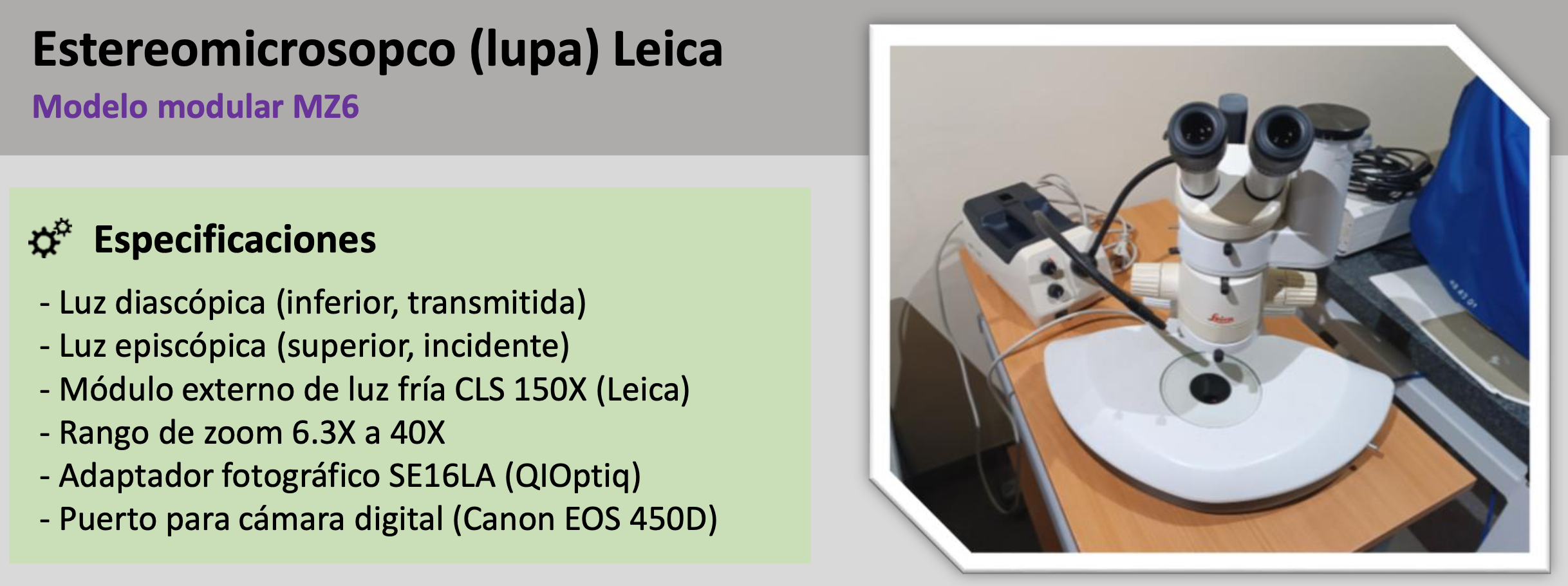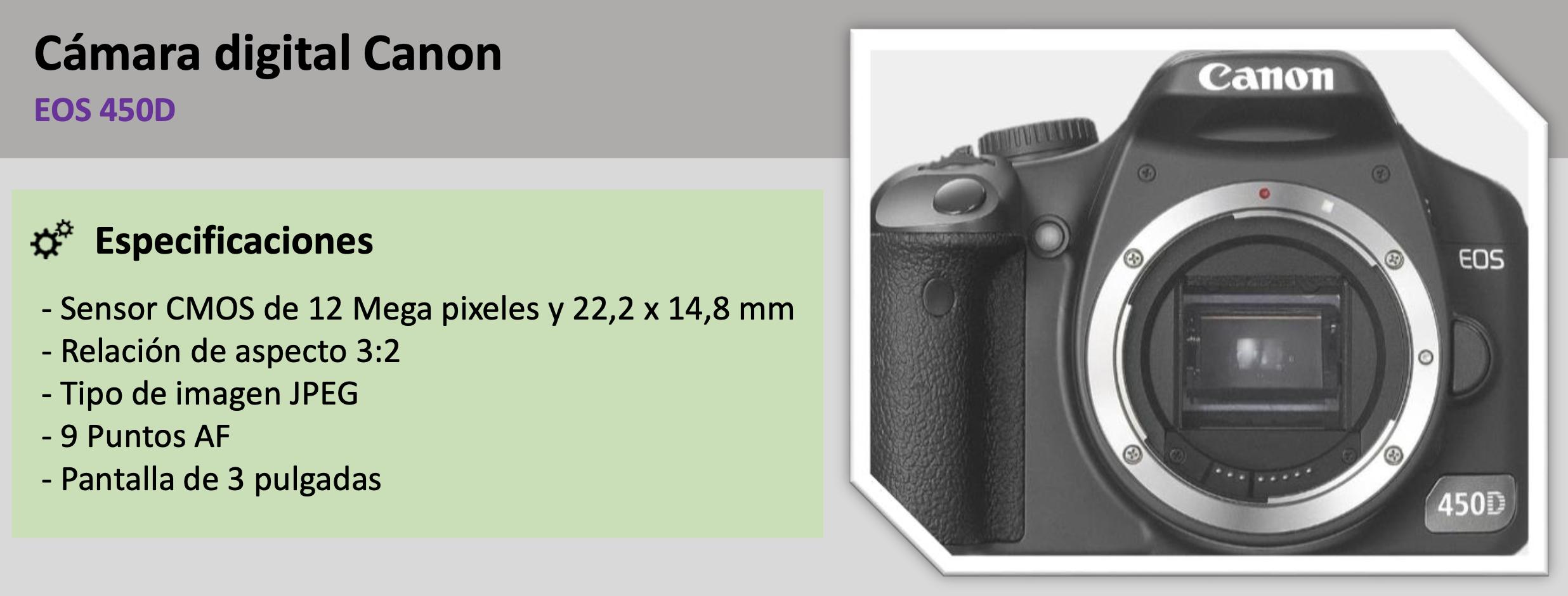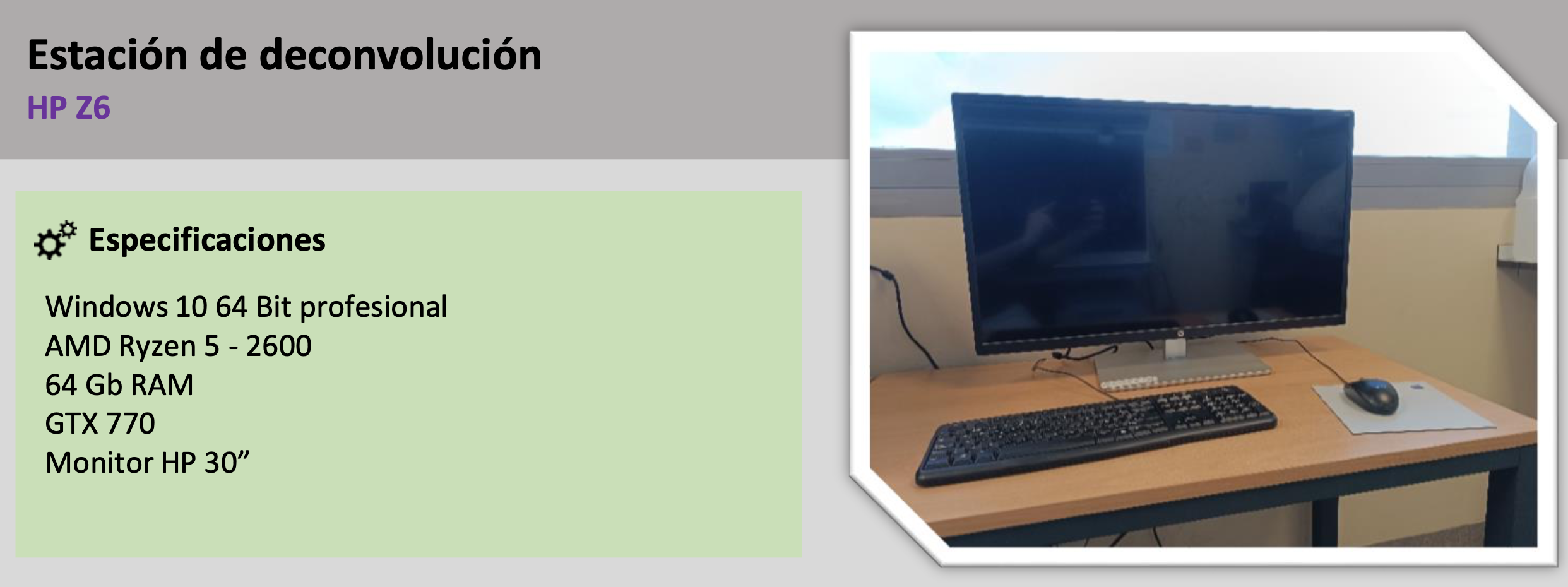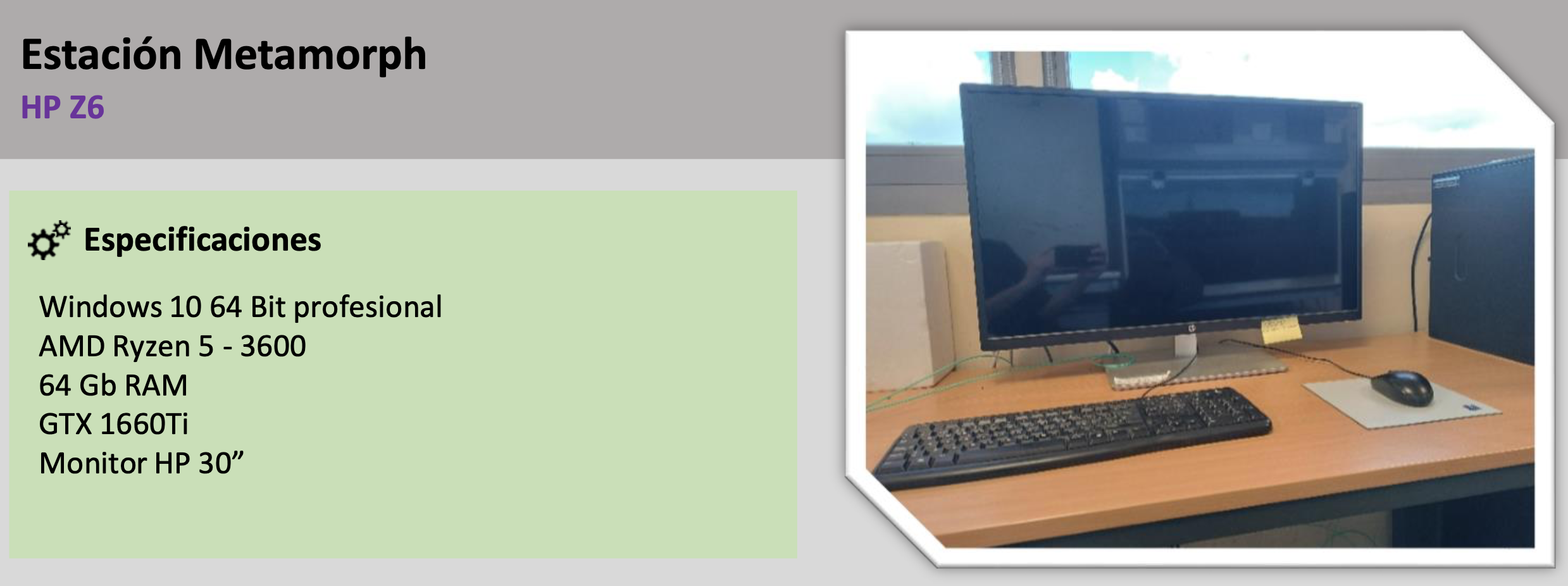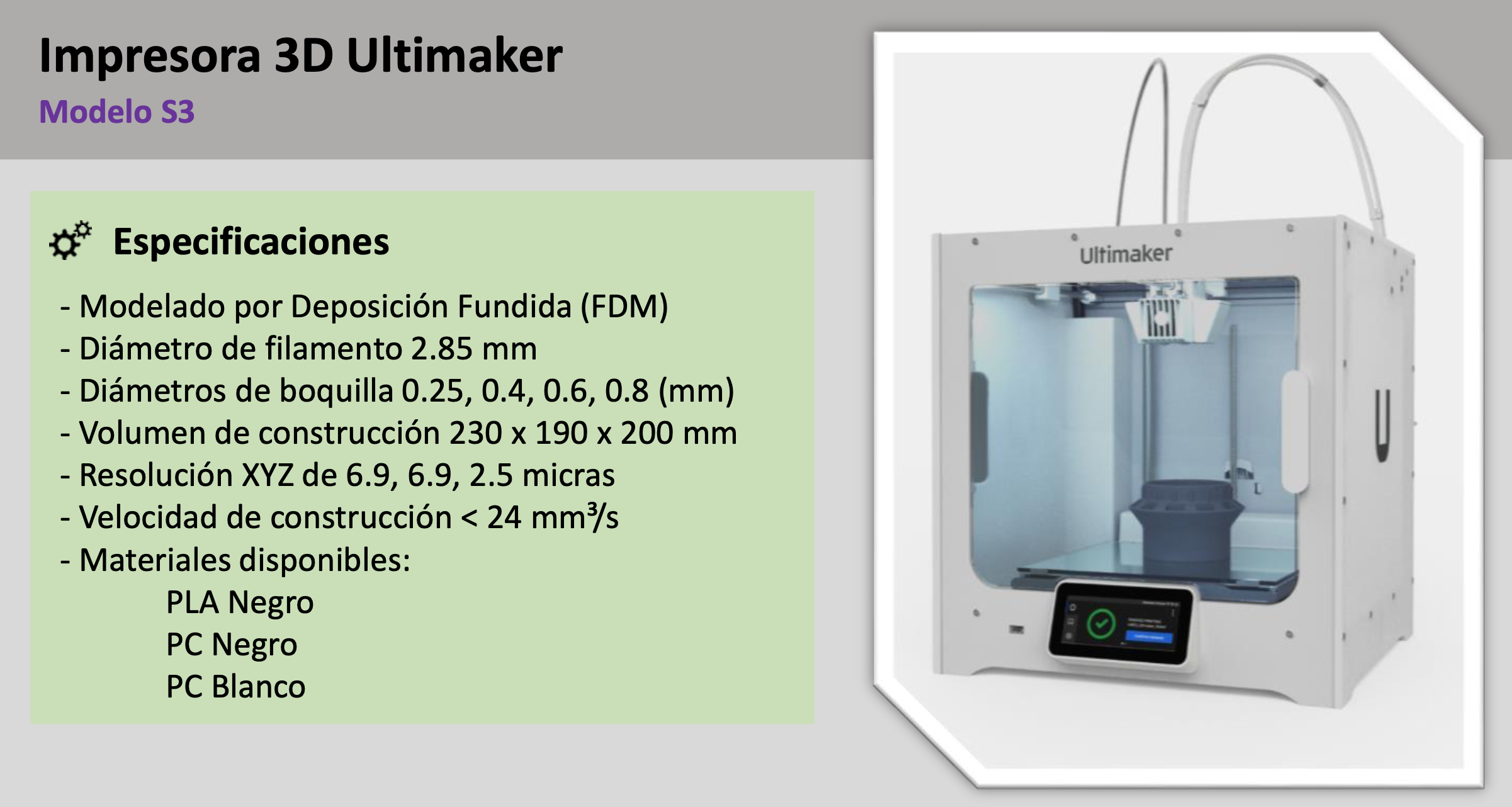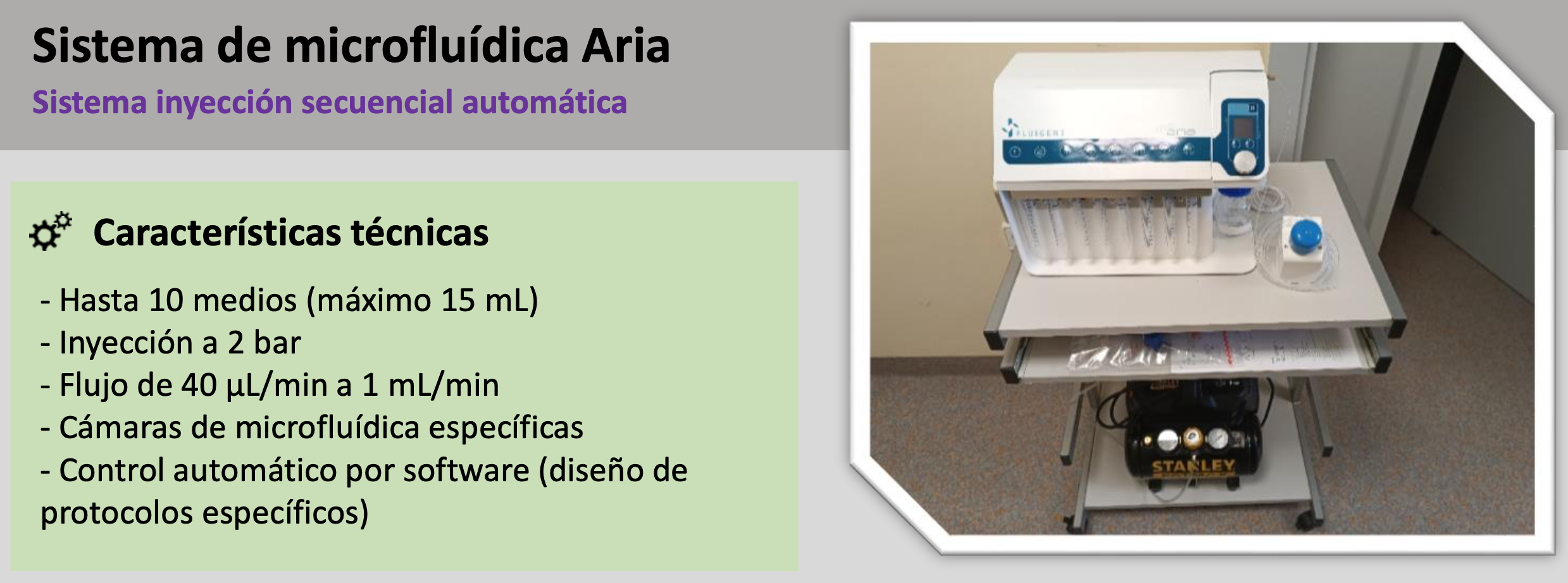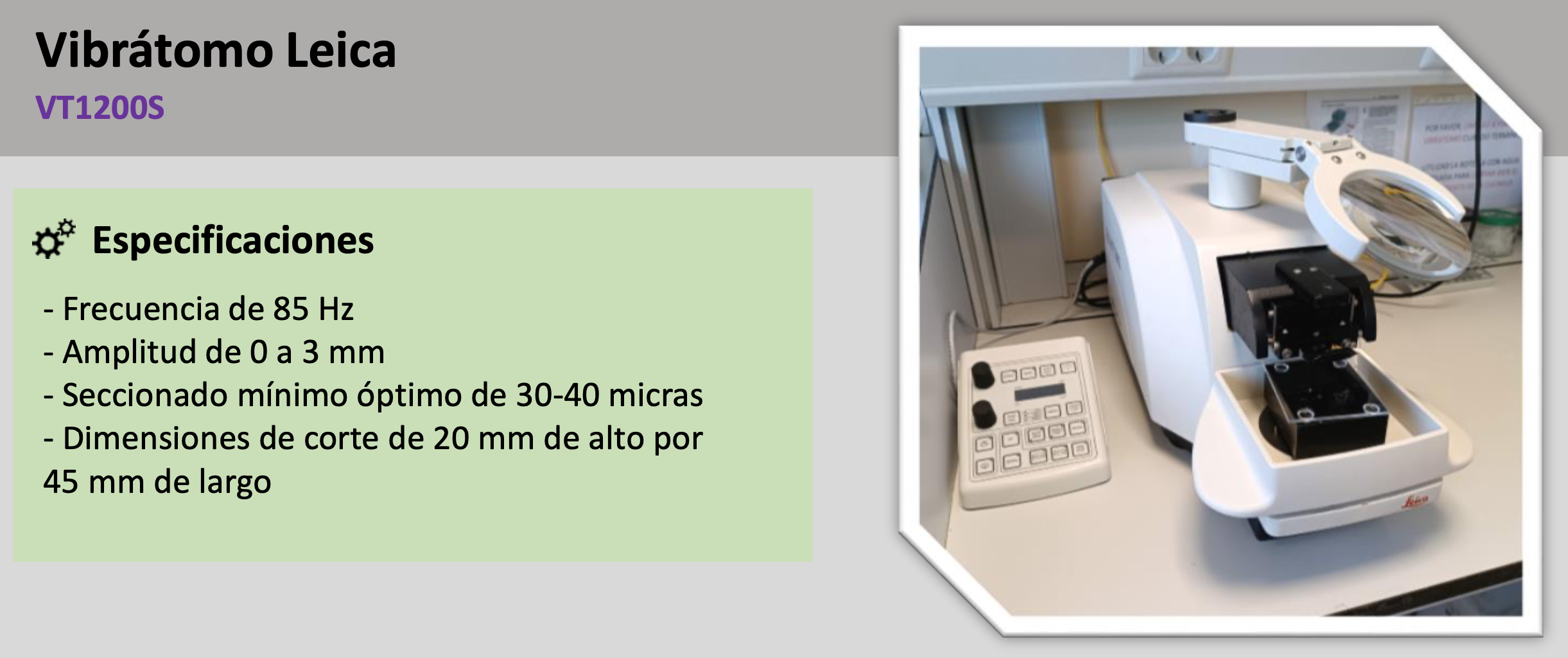Scientific facilities
Advanced light microscopy
Facility Head

Álvaro Sahún Español
Scientific Lead

Francisco Javier Díez Guerra
Contact details
91 196 46 43
smoa (at) cbm.csic.es
Booking system
Fees
Reagents
Comments & complaints
The Advanced Optical Microscopy Facility (SMOA) of the Centro de Biología Molecular Severo Ochoa (CBM) provides advice, technical support and training in advanced optical microscopy and image analysis techniques. Currently, more than 300 users, both from the CBM and other public (research centres, hospitals) and private (biotechnology companies) institutions, benefit from these services. The SMOA provides as well microscopy-related reagents, such as antibodies, mounting media or imaging chambers.
In addition, SMOA’s technical personnel remains informed about cutting-edge developments in optical microscopy and leads efforts to secure the acquisition of new equipment, ensuring the facility remains at the forefront of technological innovation while meeting the experimental needs of its users. Resulting from this effort, the SMOA offers wide range of state-of-the-art equipment designed to address a variety of optical microscopy techniques:
- Six widefield systems ideal for studies on live and fixed samples, allowing high speed and excellent sensitivity for brightfield, phase contrast, fluorescent and colour (immunohistochemistry) imaging.
- Five point scanning confocal microscopes, which include up to six laser lines and the ability to perform a wide range of photomanipulation experiments and spectral acquisition.
- A spinning disk confocal microscopy system, which maintains confocality at high speeds and features optical photon reasignment module (SoRa) for resolution enhancement.
- A laser depletion-based super-resolution (STED) confocal microscope, together with a fluorescence-lifetime imaging microscopy module (FLIM).
- A lightsheet microscopy system, designed for fast three-dimensional acquisitions with minimal phototoxicity.
Additionally, the SMOA is equipped with a vibratome for sample sectioning, a microfluidic and controlled perfusion system, a 3D printer, and three stereomicroscopes: two with white light and digital camera adapters (ideal for sample preparation and handling), and one with fluorescent light for routine observations.
Finally, the SMOA manages two high-performance computer stations, equipped with a wide range of specialised software (ImageJ/Fiji, Huygens, Arivis, CellSense) for data visualisation and analysis.
The SMOA is part of the Network of Laboratories and Infrastructures (RedLab) of the Community of Madrid (RLAB-004) and is integrated in the Spanish Network of Advanced Optical Microscopy (REMOA). Since 2009, it holds an ISO9001:2015 quality certification issued by AENOR.
To access the SMOA systems or to purchase reagents and materials related to microscopy, it is necessary to register in our online management system. To create an account, please contact the SMOA staff.
Vacío
Your content goes here. Edit or remove this text inline or in the module Content settings. You can also style every aspect of this content in the module Design settings and even apply custom CSS to this text in the module Advanced settings.
Vacío
Your content goes here. Edit or remove this text inline or in the module Content settings. You can also style every aspect of this content in the module Design settings and even apply custom CSS to this text in the module Advanced settings.
Laser scanning confocal systems
Disk confocal systems
Widefield systems
Other optical equipment
| Stereomicroscope (magnifier) Simple optical equipment with a maximum zoom of 40X and with external upper episcopic light (Leica CLS 150X cold light module) and lower diascopic light. Particularly suitable for the correct mounting of small samples or for general image acquisition thanks to its adapter for digital camera (Cannon EOS 450D). |
Analysis stations
Other equipment
Staff

María Teresa Villalba Villacorta
Lab.: 310 Ext.: 4643
tvillalba(at)cbm.csic.es
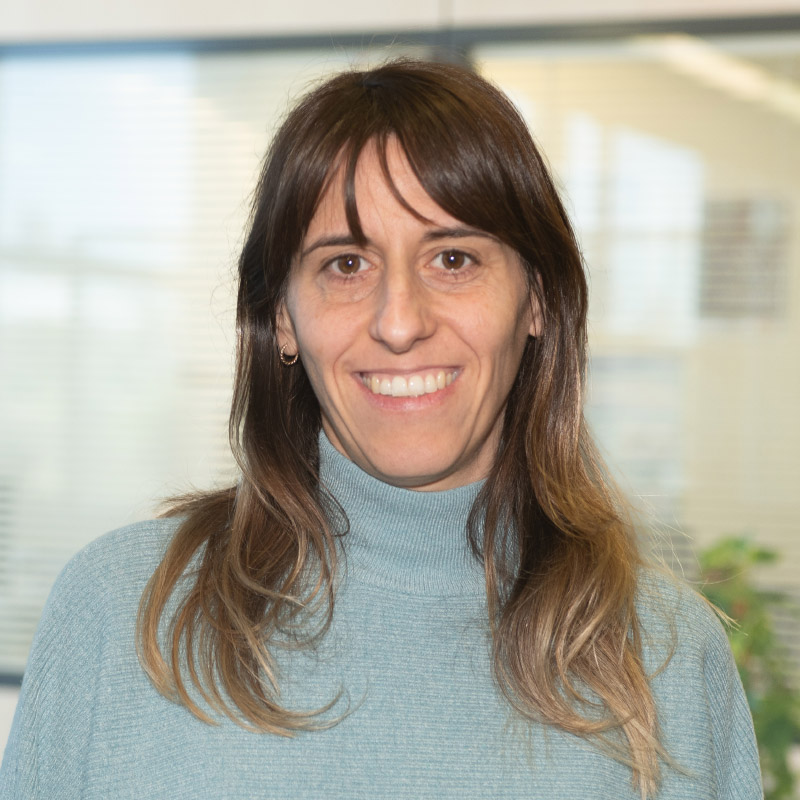
Carmen Sánchez Jiménez
Lab.: 310 Ext.: 4643
csjimenez(at)cbm.csic.es
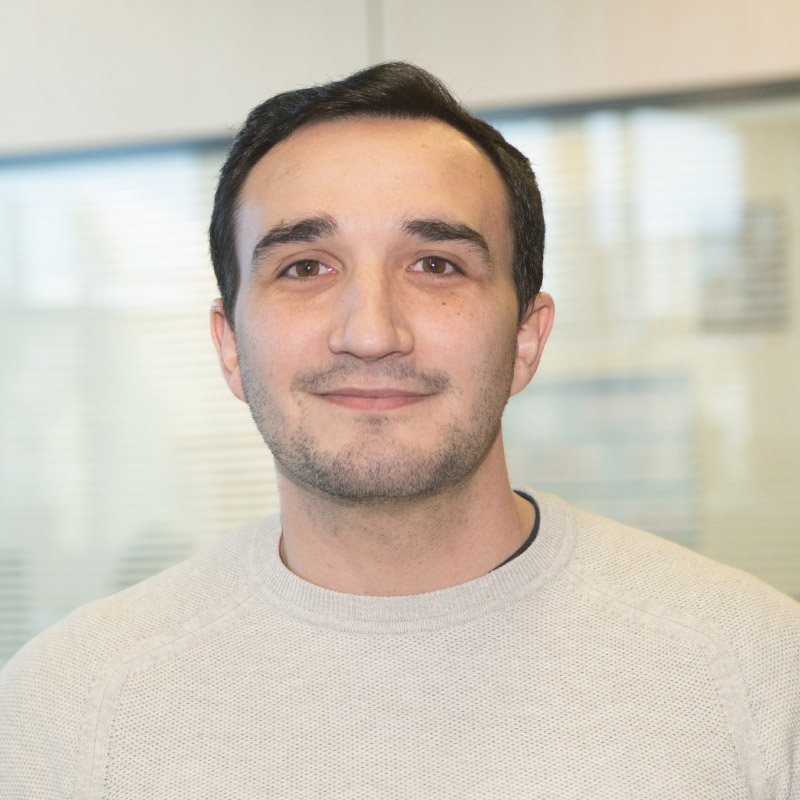
Carlos Gallego García
Lab.: B1-CNB Ext.: 4643
cgallego(at)cbm.csic.es
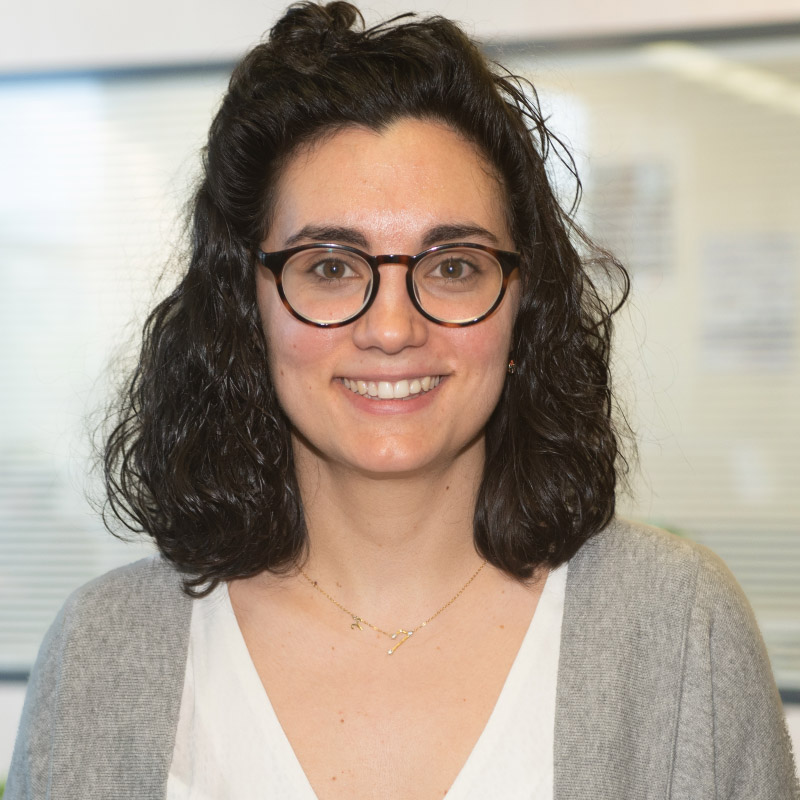
Elena Calvo Cazalilla
Lab.: 310 Ext.: 4643
elena.calvo(at)cbm.csic.es

Álvaro Sahun Español
Lab.: 310 Ext.: 4613
alvaro.sahun(at)cbm.csic.es
